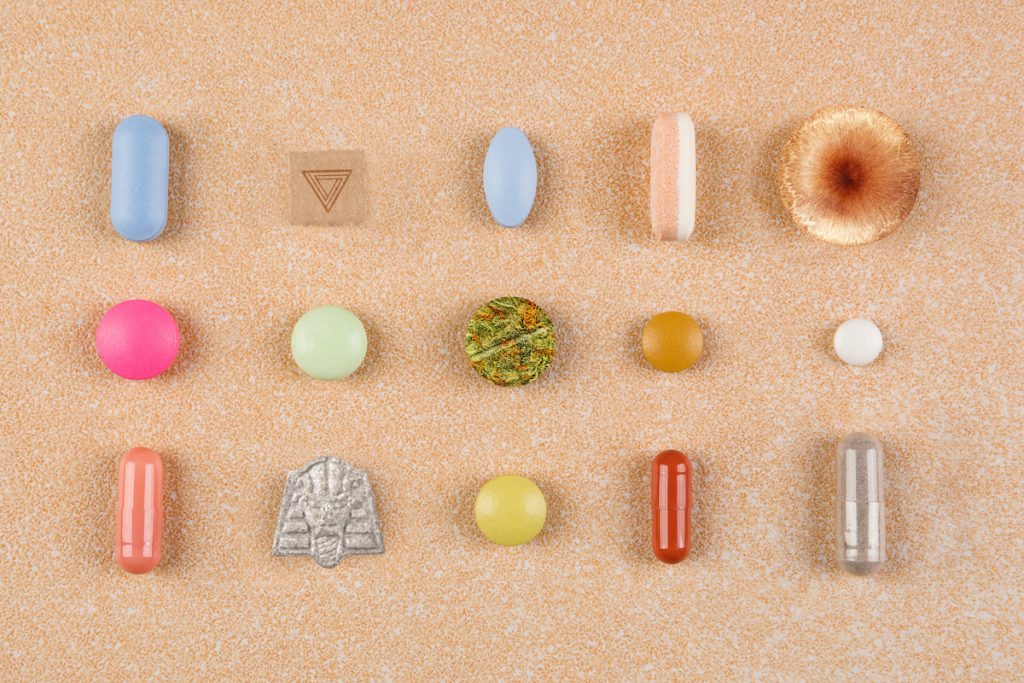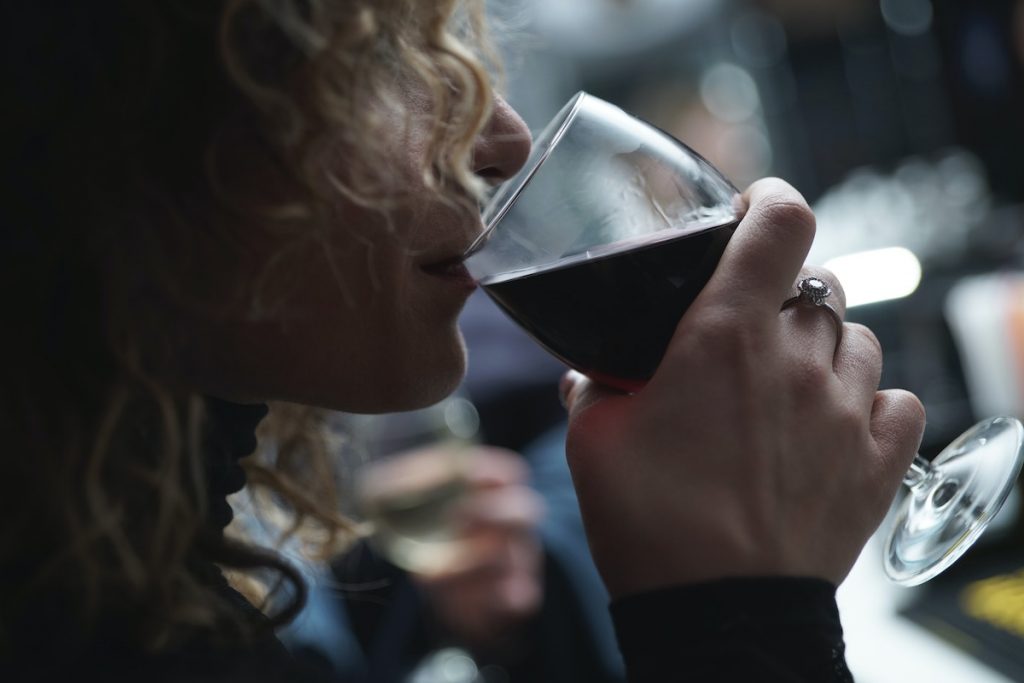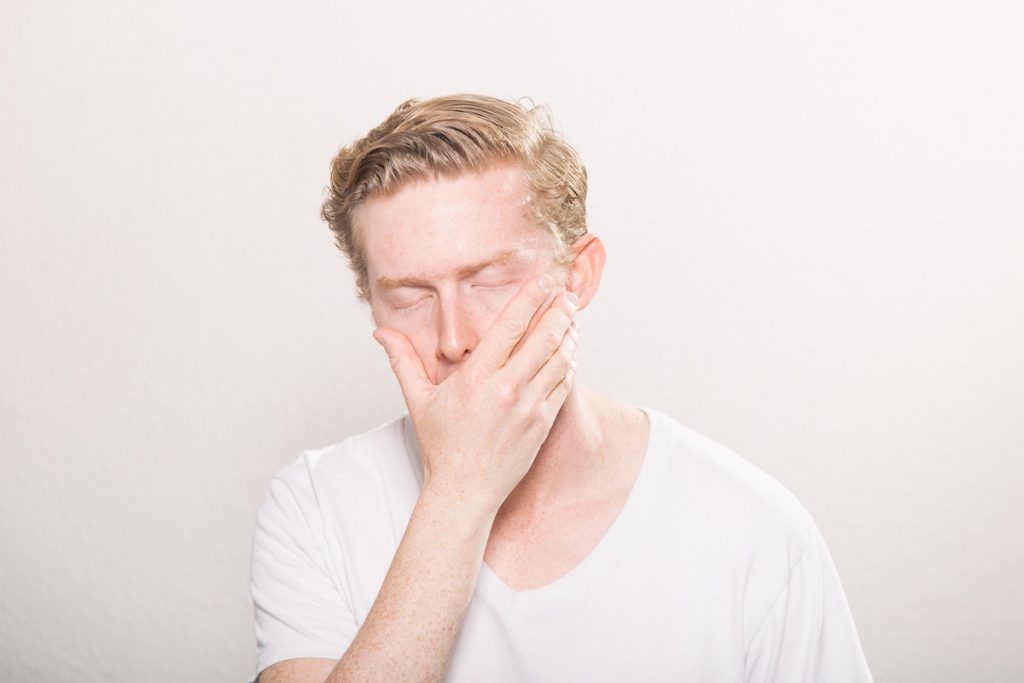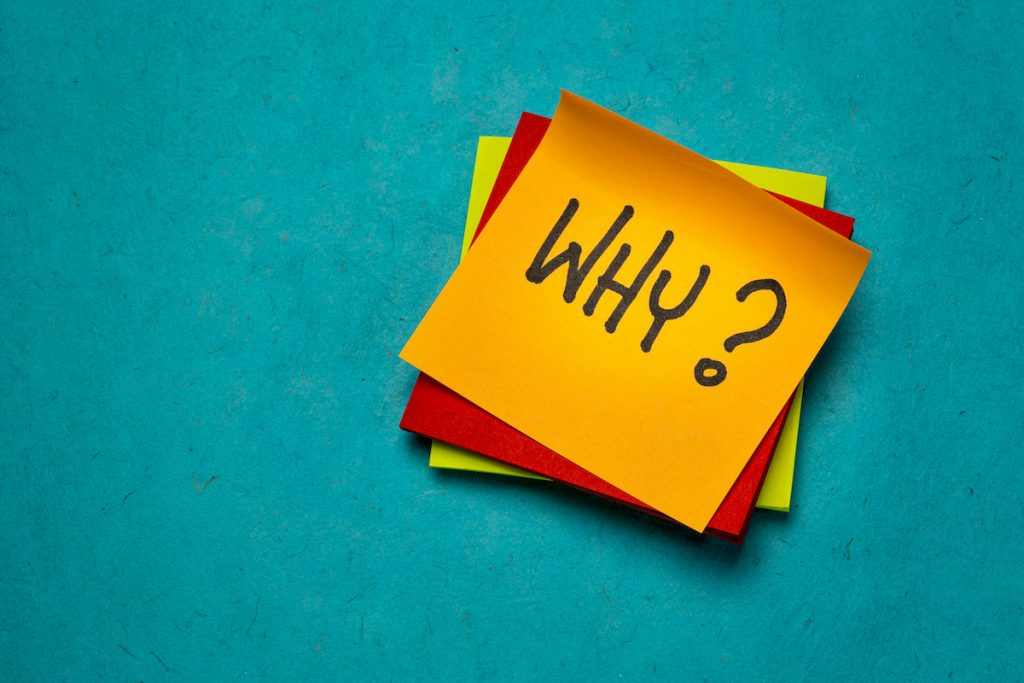
AUD (alcohol use disorder) has increased by approximately 36% during the past 20 years, (Grant et al., 2017) and currently stands at an estimated 14% in the adult population (Kranzler and Soyka, 2018). High-risk drinking can lead to a range of adverse outcomes including cardiovascular disease, foetal alcohol spectrum disorder, psychiatric comorbidities and social impacts (Grant et al., 2017).
Although, hallucinogens have been used by indigenous cultures for thousands of years (Johnson et al., 2008), contemporary research on the therapeutic effects of psychedelic compounds first began in the 1960s (Yaden et al., 2021). This was then followed by a decades-long lull in research due to psilocybin being classified as a class A drug (Kargbo, 2020). However, renewed academic interest has since been reinvigorated with the conduct of studies on the potential therapeutic effects of psilocybin for the treatment of a range of conditions; for example, AUD (Bogenschutz et al., 2015), depression and anxiety in cancer patients (Griffiths et al., 2016, Grob et al., 2011) and Major Depressive Disorder (MDD) (Rucker, 2021, Carhart-Harris et al., 2021).
This randomised controlled trial (RCT) (Bogenschutz et al., 2022) investigated whether a high dose of psilocybin could decrease the percentage of heavy drinking days (PHDD) in adult patients with AUD undergoing psychotherapy. Psilocybin is a non-addictive, psychedelic compound which has been documented as having therapeutic potential when administered in a controlled environment.

Research on the use of psychedelics for the treatment of physical and mental health conditions has shown potential during the last decades.
Methods
Ninety-five adult patients with (AUD) were randomised to receive a high dose of psilocybin plus psychotherapy sessions or diphenhydramine (control) plus psychotherapy sessions over a 38-week period. Diphenhydramine is also known as over-the-counter allergy relief Nytol which has a sedative effect – an interesting choice of placebo since it is not advised to consume alcohol while taking this medicine (NHS, 2021).
The primary outcome was a percentage of heavy drinking days (PHDD) using the calendar method and where one standard drink was defined as 14 g of ethanol. Hair or fingernail samples were collected and assayed at week 24 for ethyl glucuronide (EtG) concentration to confirm self-reported abstinence.
Subjective effects were measured using the States of Consciousness Questionnaire (MEQ) which was designed to assess 7 domains of mystical experiences; internal and external unity, transcendence of time and space; ineffability and paradoxicality, sense of sacredness, noetic quality and deeply felt positive mood (Griffiths et al., 2006).
Results
The participants’ gender was fairly evenly split (44% female), middle-aged (mean [SD], 45.8, 11.6 years) and primarily non-Hispanic Caucasian (79%). The percentage of heavy drinking days (PHDD) in the psilocybin arm was slightly higher at baseline (mean [SD], intervention 57.20 [31.84]; control 47.93 [28.74]).
Participation in the non-medication therapy sessions was high and did not substantially differ between treatment groups for the 12 treatment sessions (mean [SD], intervention 11.75 [0.76]; control 11.47 [1.20]).
Balanced alcohol-related outcome data was collected from both arms. Of the 95 participants randomised, 48 received psilocybin and 45 received the control drug in the first medication session which had reduced to 43 and 35 by the second medication session respectively.
For the primary outcome, both arms showed significant reductions in PHDD (mean [SD], intervention 9.71 [26.21]; control 23.57 [26.21]) at follow-up, but for between-group analysis, the intervention group saw significantly greater reductions (mean difference, 13.86; 95% CI, 3.00 to 24.72; Hedges g, 0.52; P = .01). Participants in the psilocybin arm also showed greater alcohol abstinence days during weeks 5 to 36 of the study (n [%], intervention 30 [62.5]; control 18 [40.0]) and greater reductions in the World Health Organization (WHO) risk levels (WHO, 2000) (n [%], 18 [37.5]; 8 [17.8]).
However, 204 adverse events (AE) were reported, 119 in the control arm and 85 in the psilocybin arm. In the psilocybin arm, blood pressure and heart rate temporarily increased. Participants reported headaches, anxiety, nausea and passive suicidal ideation after administration and as a result, two participants were administered diazepam.
93.6% of participants guessed their treatment arm – although this would be almost impossible to blind and MEQ scores indicated a high average intensity of experiences in the psilocybin group.

This study found greater decreases in alcohol use disorder in the psilocybin plus psychotherapy group compared to the control group (diphenhydramine plus psychotherapy).
Conclusions
In summary, in comparing psychotherapy plus psilocybin to psychotherapy plus diphenhydramine for the treatment of AUD, this RCT found that both the intervention and the control showed associated decreases in percentage of heavy drinking days (PHDD) for people with alcohol use disorder (AUD). Psilocybin showed greater decreases in AUD than in the control group. The authors felt these results were robust enough to warrant future study of psilocybin-assisted treatment for adults with AUD.

A high rate of adverse events was observed in both psilocybin and diphenhydramine-assisted psychotherapy for alcohol use disorder.
Strengths and limitations
The methodology of this study was reported comprehensively following CONSORT guidelines (Schulz et al., 2010). However, there were some areas for concern in the conduct of the study. There was a high rate of unblinding among participants which was also noted by the study author – 93.6% of participants guessed their treatment arm. This perhaps should have been considered during the design stage of the study as unavoidable; a randomised, open-label design has been used previously (Carhart-Harris et al., 2021, Carhart-Harris et al., 2016).
The exclusion criteria stated: “any hallucinogen use in the past year or more than 25 lifetime uses”. This may have attracted participants with prior experience of hallucinogen use to take part in the study introducing the potential for bias. Participants with lived experience would already have known what to expect from treatment or may have been more accepting of the hallucinogenic effects of the treatment. Such participants may also have shared characteristics impacting outcomes.
There was no explanation as to why diphenhydramine was chosen for the control arm as combining this with alcohol can increase the risk of side effects (NHS, 2021), which may have accounted for some of the adverse effects experienced by people in the control group (n=119) and the relatively high drop-out rates in this group. It may have been preferable to use standard care as a comparator for psilocybin, such as naltrexone which has been shown to reduce the likelihood of a return to drinking by 5% (Kranzler and Soyka, 2018), benzodiazepine or acamprosate which are often prescribed to patients England (NICE, 2011). This may also have generated a less inflated difference in treatment effect between both arms. In a study on Major Depressive Disorder (MDD) for example, psilocybin was compared to a selective serotonin reuptake inhibitor (SSRI) which is a standard treatment for MDD; results showed decreases in both arms for the primary outcome (Quick Inventory of Depressive Symptomatology–Self-Report [QIDS-SR-16]) at 6-week follow-up, but no between-group differences.
Hair or fingernail samples were collected and assayed at week 24 for EtG concentration to supplement self-reported drinking, however, EtG has been shown to be a reliable indicator for alcohol use for up to 12 weeks (Berger et al., 2014). Additionally, within this study, samples were only available for 53.8% of participants; self-report alone is not always the most reliable method of data collection due to the potential for response bias (Rosenman et al., 2011).

No rationale was offered for the use of diphenhydramine as the control treatment, which is confusing as the combination with alcohol can increase the risk of side effects and may have impacted the findings.
Implications for practice
The high rate of adverse effects (AEs) is concerning due to the potential for serious harm should the intervention (psilocybin and psychotherapy) not be administered by qualified clinicians and under controlled circumstances. The preceding pilot study also showed a high rate of physiological AEs, including vomiting, headaches, insomnia and diarrhoea. It’s worth noting the doses used in this study: “psilocybin, 25 mg/70 kg, vs diphenhydramine, 50 mg (first session), and psilocybin, 25-40 mg/70 kg, vs diphenhydramine, 50-100 mg (second session)”.
Even when used in ritualistic circumstances indigenous cultures have historically imposed strict rules regarding its improper use (Johnson et al., 2008). In contrast, other research has shown hallucinogens in general to have low levels of physiological toxicity in terms of organ damage and any physiological impacts only experienced during the treatment’s active stage (Johnson et al., 2008). There is also the question of psychological effects, what is widely known as a bad trip can involve intensified negative emotions which can potentially escalate to dangerous behaviour (Johnson et al., 2008). So, including participants with prior hallucinogen use potentially reduced the risk of negative psychological AEs within the study which is not reflective of a real-world scenario where many participants with no lived experience of psilocybin treatment could be susceptible to negative psychological outcomes during treatment.
As psilocybin can produce profound psychological effects, in order to safely administer the intervention this study included medical and psychiatric screening, therapy, monitoring by 2 therapists including a psychiatrist, and medication for the treatment of acute psychiatric reactions. This could prove to be an expensive intervention despite the simplicity of producing psilocybin itself, hence a cost-effective analysis would be of benefit.
In a previous review of psilocybin by Rucker (2021) for the treatment of MDD, it was pointed out that “existing treatment for MDD such as SSRIs are inexpensive, relatively safe and effective meaning psilocybin may not be the first choice of treatment by health service providers” (Rucker, 2021). Having said that, clinical trials of psilocybin have been given the Breakthrough Therapy designation by the US Food and Drug Administration for the treatment of MDD or treatment-resistant depression (Yaden et al., 2021). This is a process intended to expedite the development and review of drugs that have the potential to impact morbidity or mortality. Interest has also spread to media reports such as BBC Radio 4’s Inside Health which examined the evidence of psychedelics for the treatment of depression, but there has also been also promotion across less evidence-based blogs and websites which again could encourage the unsafe use of what is still classed as a class A drug here in England.

The results were promising but suggest a lot more research is needed due to the potential cost, current UK legislation and the impact of adverse events.
Statement of interests
Heidi Stevens works in the Mental Health and Addictions Research Group at the University of York and is a PhD health candidate at Teesside University. No conflicting interests to declare with the current study.
Links
Primary paper
Bogenschutz, M. P. et al. (2022). Percentage of Heavy Drinking Days Following Psilocybin-Assisted Psychotherapy vs Placebo in the Treatment of Adult Patients With Alcohol Use Disorder A Randomized Clinical Trial. Jama Psychiatry, 79(10):953-962.
Other references
Berger, L., Fendrich, M., Jones, J., Fuhrmann, D., Plate, C. & Lewis, D. 2014. Ethyl glucuronide in hair and fingernails as a long-term alcohol biomarker. Addiction, 109.
Bogenschutz, M. P., Forcehimes, A. A., Pommy, J. A., Wilcox, C. E., Barbosa, P. C. & Strassman, R. J. 2015. Psilocybin-assisted treatment for alcohol dependence: a proof-of-concept study. J Psychopharmacol, 29, 289-99.
Carhart-Harris, R., Giribaldi, B., Watts, R., Baker-Jones, M., Murphy-Beiner, A., Murphy, R., Martell, J., Blemings, A., Erritzoe, D. & Nutt, D. J. 2021. Trial of Psilocybin versus Escitalopram for Depression. N Engl J Med, 384, 1402-1411.
Carhart-Harris, R. L., Bolstridge, M., Rucker, J., Day, C. M., Erritzoe, D., Kaelen, M., Bloomfield, M., Rickard, J. A., Forbes, B. & Feilding, A. 2016. Psilocybin with psychological support for treatment-resistant depression: an open-label feasibility study. The Lancet Psychiatry, 3, 619-627.
Grant, B. F., Chou, S. P., Saha, T. D., Pickering, R. P., Kerridge, B. T., Ruan, W. J., Huang, B., Jung, J., Zhang, H., Fan, A. & Hasin, D. S. 2017. Prevalence of 12-Month Alcohol Use, High-Risk Drinking, and DSM-IV Alcohol Use Disorder in the United States, 2001-2002 to 2012-2013: Results From the National Epidemiologic Survey on Alcohol and Related Conditions. JAMA Psychiatry, 74, 911-923.
Griffiths, R. R., Johnson, M. W., Carducci, M. A., Umbricht, A., Richards, W. A., Richards, B. D., Cosimano, M. P. & Klinedinst, M. A. 2016. Psilocybin produces substantial and sustained decreases in depression and anxiety in patients with life-threatening cancer: A randomized double-blind trial. J Psychopharmacol, 30, 1181-1197.
Griffiths, R. R., Richards, W. A., Mccann, U. & Jesse, R. 2006. Psilocybin can occasion mystical-type experiences having substantial and sustained personal meaning and spiritual significance. Psychopharmacology (Berl), 187, 268-83.
Grob, C. S., Danforth, A. L., Chopra, G. S., Hagerty, M., Mckay, C. R., Halberstadt, A. L. & Greer, G. R. 2011. Pilot study of psilocybin treatment for anxiety in patients with advanced-stage cancer. Arch Gen Psychiatry, 68, 71-81.
Johnson, M. W., Richards, W. A. & Griffiths, R. R. 2008. Human hallucinogen research: guidelines for safety. Journal of psychopharmacology, 22, 603-620.
Kargbo, R. B. 2020. Psilocybin Therapeutic Research: The Present and Future Paradigm. ACS Med Chem Lett, 11, 399-402.
Kranzler, H. R. & Soyka, M. 2018. Diagnosis and Pharmacotherapy of Alcohol Use Disorder: A Review. JAMA, 320, 815-824.
NHS (2021). Diphenhydramine.
NICE (2011). Alcohol-use disorders: diagnosis, assessment and management of harmful drinking (high-risk drinking) and alcohol dependence.
Rosenman, R., Tennekoon, V. & Hill, L. 2011. Measuring bias in self-reported data. Int. J. of Behavioural and Healthcare Research, 2, 320-332.
Rucker, J. 2021. Turn on, or tune out? Is psilocybin assisted therapy close to becoming a first-line treatment for depression? Mental Elf.
Schulz, K. F., Altman, D. G. & Moher, D. 2010. CONSORT 2010 statement: updated guidelines for reporting parallel group randomised trials. Journal of Pharmacology and pharmacotherapeutics, 1, 100-107
Who. 2000. International guide for monitoring alcohol consumption and related harm.
Yaden, D. B., Yaden, M. E. & Griffiths, R. R. 2021. Psychedelics in psychiatry—keeping the renaissance from going off the rails. JAMA psychiatry, 78, 469-470.
Photo credits
- Photo by Zulian Firmansyah on Unsplash
- Photo by Alfonso Scarpa on Unsplash
- Photo by Kyle Glenn on Unsplash
